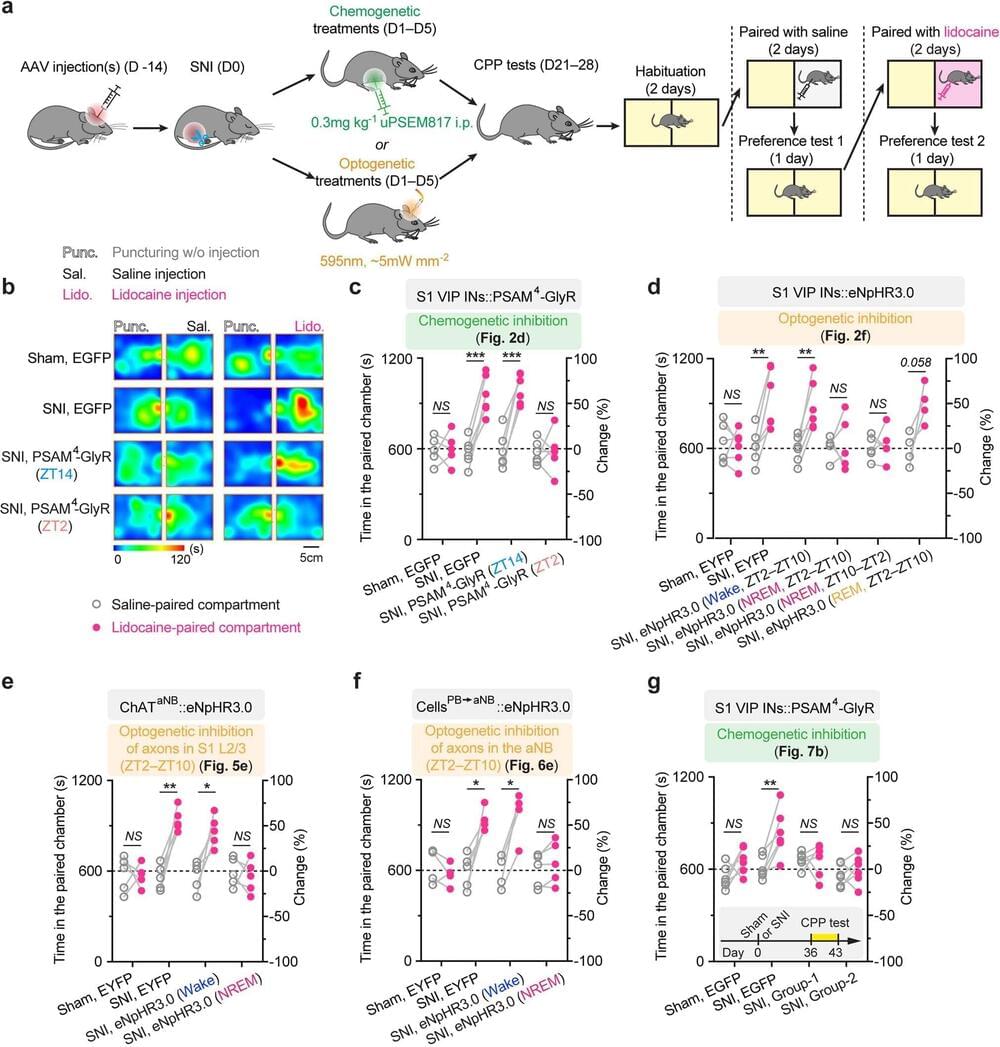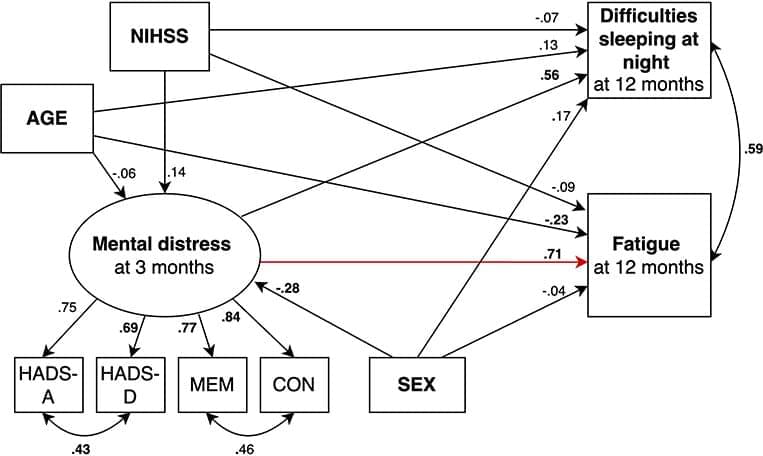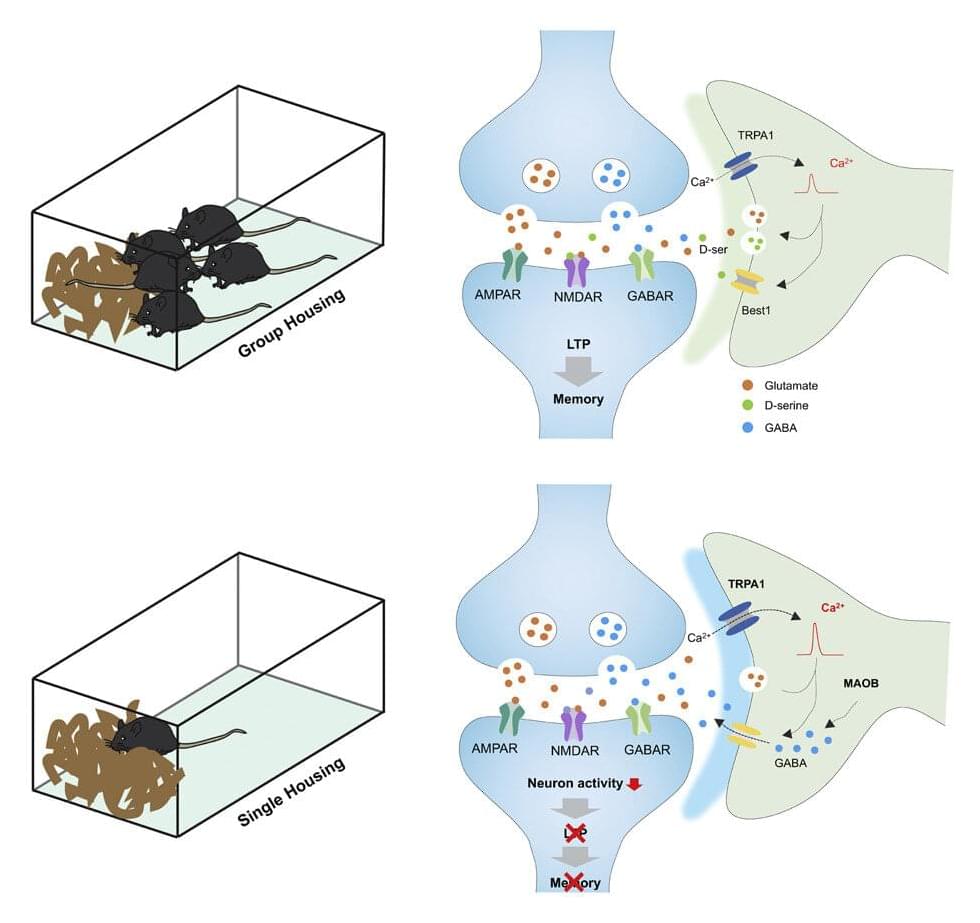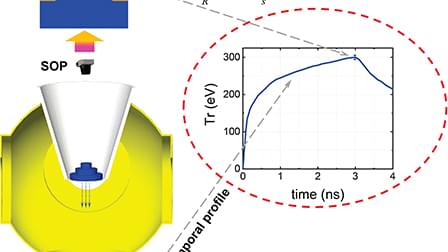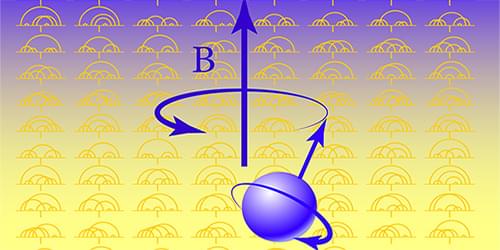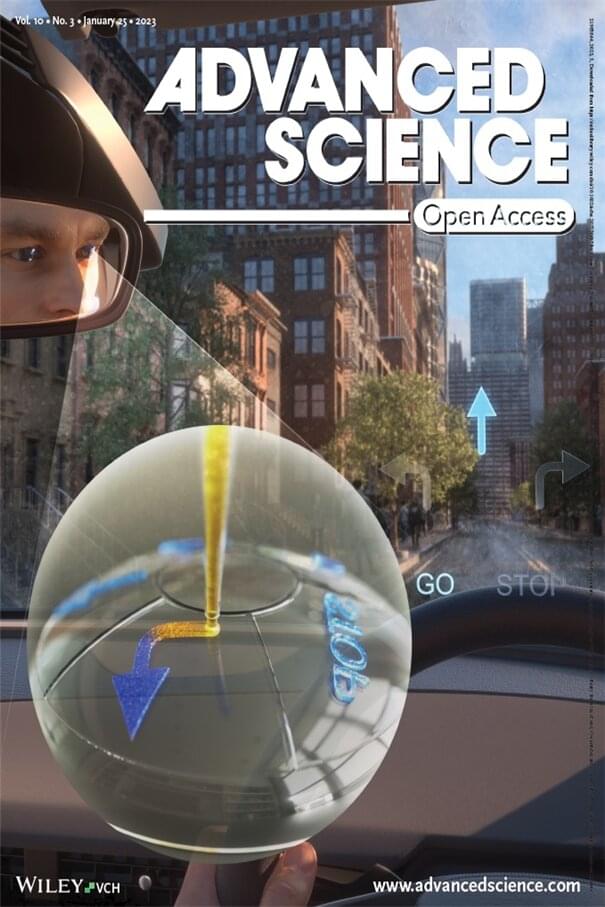A team of neuroscientists at the New York University School of Medicine has found a link between chronic pain and overactive pyramidal neurons during sleep periods. In their study, published in the journal Nature Neuroscience, the group conducted experiments with injured mice experiencing chronic pain.
Prior research has shown that there is often a link between chronic pain and insomnia. After experiencing a neural injury of some sort, many patients are left with some degree of lasting pain. This tends to result in poor sleep and sometimes insomnia. Once that happens, the pain becomes worse, and over time becomes chronic. But why this happens has been a mystery. In this new effort, the team in New York conducted experiments with mice hoping to find the answer.
The work involved inducing chronic pain in mice by damaging two of the three branches that make up a group of sciatic nerves. Doing so led to skin sensitivity in the legs. The researchers scanned the brains of each of the mice before and after the damage. They observed that pyramidal neurons in the part of the cerebral cortex responsible for sensation processing in the skin became more active. And over the course of several weeks, the activity increased, peaking during non-REM sleep.
